





































































































































59 days to Daytona: Hollywood would've rejected race script as 'too unbelievable'
It's 59 days until the 2017 Daytona 500 that will be televised live on FOX, and time to reflect on the very first 500 that was run at Daytona International Speedway on Feb. 22, 1959.
True to NASCAR form, it was embroiled in controversy from the start of the race until nearly three days after its completion.
The drivers were concerned because none of them in the 64-car field -- which included future NASCAR Hall of Famers Junior Johnson, Curtis Turner, Fireball Roberts and Lee Petty -- had ever exceeded 140 miles per hour in a race. In this one, they knew they would be going much faster. And it wouldn't be long before they figured out how to go even faster thanks to the wonders of aerodynamic drafting.
With 15 laps remaining, it came down to a bumper-to-bumper duel between Petty and Johnny Beauchamp. They exchanged the lead five times over the next 14 laps before Petty moved in front just before taking the white flag that signified one lap to go.
As they came around the track a final time, they encountered the ornery Joe Weatherly, who would not get out of their way even though he was two laps down and had no chance of winning the race himself.
The three cars tore around Turn 4 and charged into the 2.5-mile track's unique tri-oval with Weatherly's No. 48 Chevrolet slightly in front of Petty's No. 42 Oldsmobile and Beauchamp's No. 73 Thunderbird.
As they barreled toward the finish, Beauchamp slipped to the inside and attempted what would later come to be known as a classic slingshot pass. The three cars crossed the finish line almost simultaneously -- and confusion reigned immediately after the checkered flag was thrown for the first time at Daytona International Speedway.
Johnny Bruner, the official starter, decalared Beauchamp the winner. Big Bill France, the head of NASCAR at the time, agreed with him. But in a poll of 12 newsmen who had been watching, Petty was the unanimous choice as the victor in this era of hand-held scoring, long before electronic scoring would remove the possibility of human error from the equation.
As Beauchamp made his way to Victory Lane, Petty became increasingly angry that he had not been awarded the win. A smiling Beauchamp was photographed with one arm thrown around a 3-foot-high trophy and his other around a Daytona beauty queen -- unaware that Petty already was campaigning furiously to have France change his mind and rule him the winner instead.
Petty stuck around Daytona Beach for three days after the race, pleading his case to anyone who would listen.
France finally did. He called Petty on the phone 61 hours after completion of the race and declared Petty the winner.
"Let's face it," car owner Pete DePaolo, a former Indianapolis 500 winner himself, told reporters after the announcement. "Hollywood would have rejected a race script like this as too unbelievable."

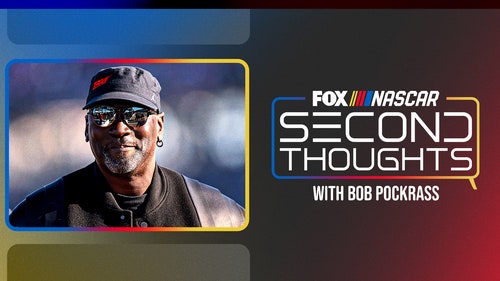
Michael Jordan more than just another NASCAR celebrity owner
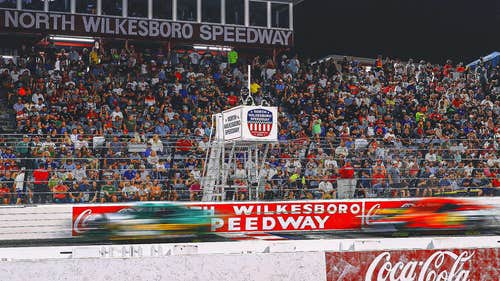
NASCAR to experiment with new tire during all-star race at North Wilkesboro
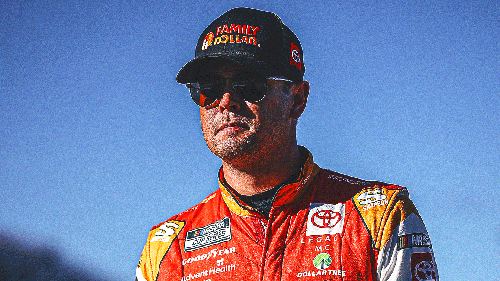
Erik Jones out for Dover with compression fracture in back
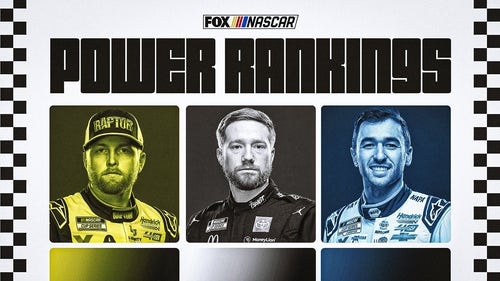
NASCAR Power Rankings: Talladega win boosts Tyler Reddick

NASCAR Cup Series: Is Tyler Reddick hitting his stride after Talladega win?
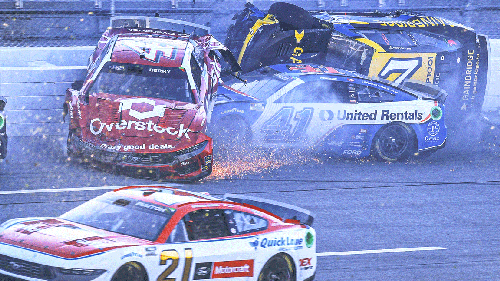
Typical Talladega: Waiting for the wild finish


Michael Jordan more than just another NASCAR celebrity owner

NASCAR to experiment with new tire during all-star race at North Wilkesboro

Erik Jones out for Dover with compression fracture in back

NASCAR Power Rankings: Talladega win boosts Tyler Reddick

NASCAR Cup Series: Is Tyler Reddick hitting his stride after Talladega win?

Typical Talladega: Waiting for the wild finish
